Turning 37 – Reflections on Success, Travel, Generalism and Relationships
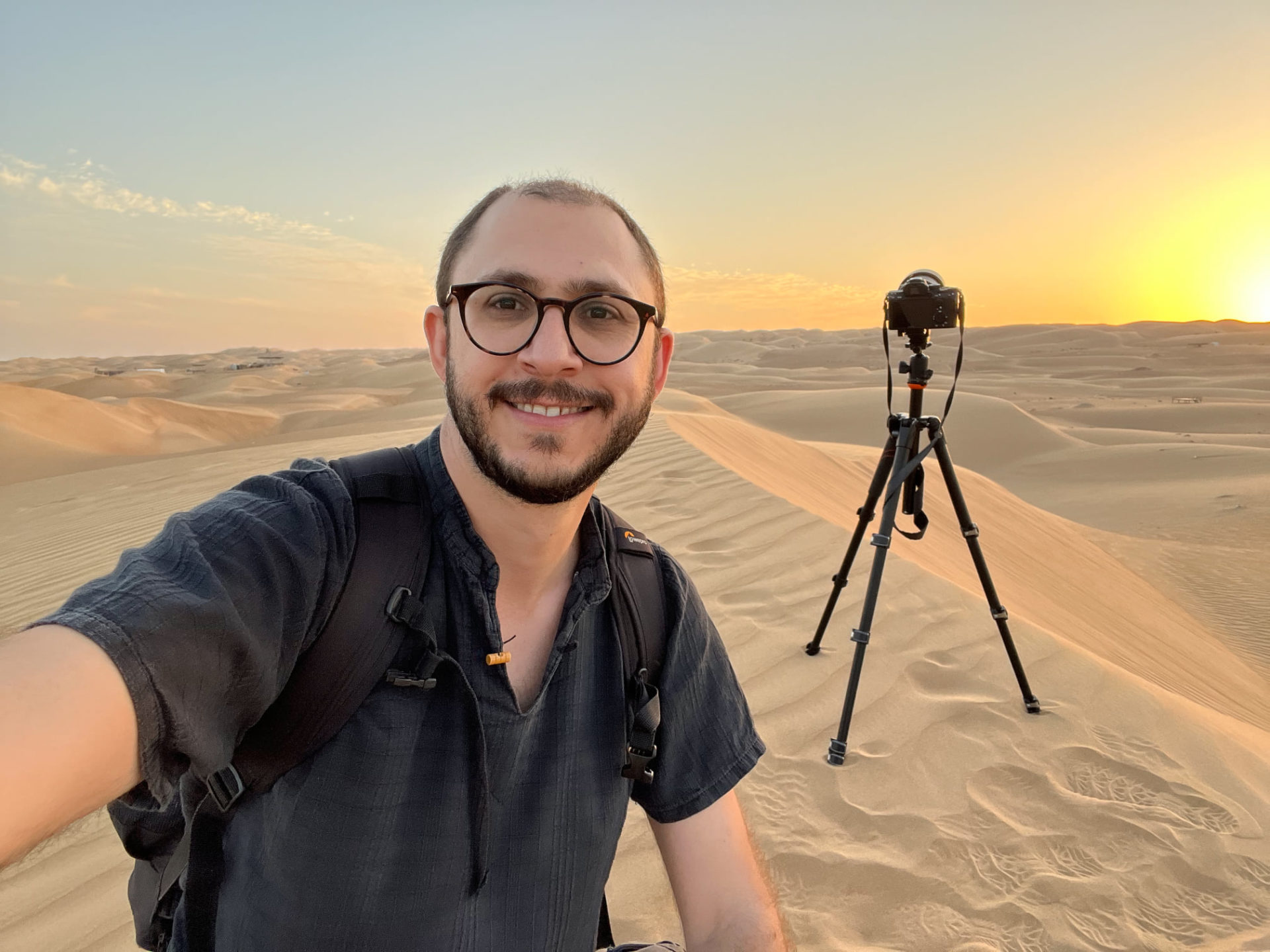
Hello 37! How rapidly you have arrived. For those unfamiliar, every year I publish a birthday reflection post. I hope you’ll enjoy these thoughts and take them for what they are – an attempt to share the world as I see it and how I relate to it. It’s a mixture of observations, musings, reflections, and advice.
You can view my 36th birthday post here, 35th birthday post here, 34th birthday post here, 33rd birthday post here, 32nd birthday post here, 31st birthday post here, my more detailed 30th birthday post here, my musings on turning 29 here, or 28 here. As well as a long-forgotten blog post written on my 23rd birthday (wow, have I really been blogging that long?) which you can view here.
These posts are long and they have a lot of widely different topics in them. Feel free to jump between sub-headings.
Arousal Types
Two years ago, I kicked off my birthday post with an in-depth look at different personality types and how they’re useful for introspection. Last year I led with an exploration of Introverts and Extroverts. So, this year it seems only fitting that one of the most pivotal realizations and areas for exploration and growth was around arousal types.
It’s likely no surprise that I love deep conversations with friends and that among my favorites are sex, relationships, and anthropology. So, when a friend reached out and told me there were two episodes of GOOP on Netflix I had to watch, and a quick quiz I had to take, I found myself very torn. On the one hand, I find Gwyneth Paltrow and the majority of what she does through Goop to be active snakeoil salesmanship. I think she’s predatory, encourages extremely poor psychological and physiological health outcomes, and has made a fortune profiteering on people. On the flip-side, I trusted this friend as a source of good insights and am always one to chase quality knowledge, even when it comes from problematic sources. Long-story-short I watched the two episodes, and then took the quiz with a good bit of griping, and eye-rolling along the way. I’m glad I did.
The distilled premise was that a primary point of contention in many relationships and sexual interactions is a mismatch of arousal type. More than that, it’s a lack of the language and awareness to understand our own individual arousal type and that of our partner and to navigate how these two sync. The episodes and quiz draw on a few relational psychologists/sexologists, and make some mixed statements which are a blend of credible and less-credible pop-psych. You can probably still sense my residual skepticism about the broader accuracy of the whole thing. BUT, what they’ve come up with is extremely useful. They categorize these types into 5 primary categories; Energetic, Kinky, Sexual, Shapeshifter, and Sensual.
The quiz, which you can take for free here, is a ridiculously simple 10 or so questions that have lots of prompts where you’re not happy with the answer you eventually settle on. They then send you your results, which come in the form of an e-mail that’s written in pure self-help fluffy nonsense with all sorts of stupid gimmicks as much to avoid spam filters as anything. But, buried in the layers of BS was one of the most spot-on and enlightening sets of quiz results I’ve gotten – and it has been an absolute game-changer in how I reflect on past romantic partners as well as approach relationships going forward.
I cannot recommend highly enough that you, and any potential partners, take it and use it to spark a conversation and to reflect.
Sensual Insights
When my results landed in my inbox, what made them epiphany-level wasn’t any singular stand-alone trait or call out. It was more on par with the experience of looking at a bunch of puzzle pieces in isolation, then stepping back and being shown the puzzle box cover and realizing that they’re all dimensions of the same overall picture. More than that, it made it much easier to contrast against the other archetypes – and realize that there were 4 (or more) other puzzles floating around out there, with puzzle pieces all intermingled. My results:
Now, compare those to the modern messages we get around arousal, especially for men. Modern movies and culture depict the epitome of the modern man oozing testosterone and turned on instantly, ready to tear clothing off at the drop of a hat and have sex in the elevator, back seat of the car, or some other public place. In other pop culture examples a lot of people look at van life right now and think – oh doesn’t that look charming? I look at van life and think – wow, that must be so cramped, dirty, smelly, and unsettled. Each bullet in the above list resonated with me. Both in areas of preference, and where I feel at ease, as well as areas where I have run into a lot of challenges with past partners.
Reading through the list, I was instantly able to connect how each of these aspects of my own preferences fit together in a complementary fashion. I was also immediately able to flip that, and then recognize that some of the best sex, and connection I’ve had has been when I was paired with other Sensuals. While some of the most confusing and misaligned were when I blindly paired up with another type where the social chemistry was good, the intellectual chemistry was compelling, but our arousal dynamic was off. Looking back, I can now recognize times where even a partner I found incredibly attractive failed to successfully arouse me because they had significantly different arousal profiles, sensitivities and time horizons. I assumed in those instances it was stress, nerves, tiredness or other factors. But, I can now recognize it to have been a deeper alignment issue which is both liberating, and exciting in that it both provides a path to understanding, but also for more successfully navigating mismatches in the future (or avoiding them).
It’s also not an exclusive thing where we are best suited to only chasing our own type. In many ways, quite the opposite. But, I do think that once we’ve understood our own type, and our preferences, we can much more healthily engage across types. In my own retrospection, I’ve realized that while I have the strongest and easiest chemistry with other Sensual types I’m also regularly attracted to, but struggle with, the chemistry with Sexual types. I also have heavy curiosity from a conversation, and social chemistry perspective with Kink types – and learn through those conversations – but manifest very little actual arousal or interest due to our polar opposites. Meanwhile, shapeshifters are an organic fit, and Energetic are often the group I’m least likely to engage with across the board. In many ways I see Sensual, Energetic, and Sexual as three different manifestations of types of personality energy. The Energetic are purely aroused by the emotional and related impulse. The Sexual by the physical and related urgent act. The Sensual by the intellectual/contextual dimensions.
So, my key takeaways here? First – it’s a powerful tool to reflect on your preferences, tastes, pacing, and to more deeply understand and internalize these. Second – it’s a great tool for discussing how these map to other individuals and how you need to structure your dates/relationship to get the most out of it. Third – it’s ideal for helping avoid misunderstandings. Fourth – It adds an entire layer to attraction and arousal that fills in in a way that pure social chemistry or physical attraction doesn’t fully capture. I think these are also behavioral traits that map to other aspects of our lives as well. As a food-loving, travel chasing, photographer, with a strong visual-spatial memory and visual aesthetic that’s more logically and situationally driven – my alignment with Sensual and the traits attached is anything but a surprise. So, even without the quiz, I think we’re naturally drawn to similar individuals through how those arousal states manifest in non-sexual parts of our lives.
Moving forward, it’s something I’ve already integrated into my conversations as part of dating. And is something I’d consider including as an early conversation point, or even on a profile.
Aspire To Look Back With Pride
There are so many different narratives shaping our current social, political, and media discourse. Terms like “Culture War” and “Woke Culture” and the like pervade most aspects of our lives. From work to dating, to simply existing in modern culture. In navigating these, I’ve always been fascinated by the friction between what is comfortable and familiar vs. what is new and a departure from the established.
The process of navigating each new wave of changes – technological, cultural, or otherwise – is daunting. It’s exhausting. And, as a college-educated, heterosexual, middle-class, white male – a lot of these changes ask me to give up power, sacrifice opportunity, or to make changes which are sometimes clear cut and other times seemingly contradictory. I see a lot of friends and my peers struggle with this. Both those who – like me – sit within a traditionally entitled position. But, also, just as commonly those coming from a minority background when they’re, in turn, asked to make changes of their own. While there are plenty of issues that are, to be frank, quite confusing. I’ve had a few revelations in the past years for who I want to be and where I want to take inspiration from. These give me a mental model for navigating topics and issues and – I hope – charting the right course.
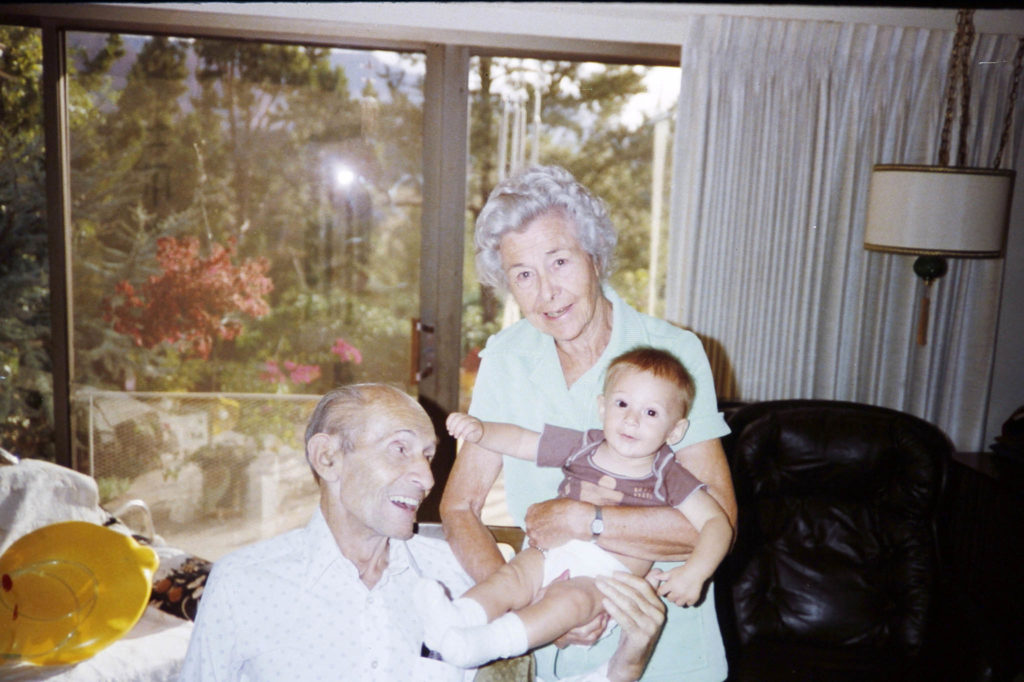
87. That’s the age my paternal grandfather passed at. As I was three at the time, I obviously don’t have a deep insight into who he was beyond family histories, the book my Dad wrote about his life, and stories from loved ones. But, there’s a lot I do know about him – and in that capacity he helps me as a lens for charting my own course. He was born in 1900. Three years later the Wright brothers took their first flight. By the time women received the right to vote in the US, he was 20 years old, had served as part of the Army Air Corps, survived the first World War and the Spanish Flu.
By the time he was 50, he’d made it through a second world war and the early waves of segregation were crumbling. Brown v. the Board of Education which desegregated schools came into effect when he was 54, same-sex sexual activity was decriminalized in 1962 and he was 67 when interracial marriage in the United States was finally fully legalized. In 1969 – that man who was born 3 years before the Wright brothers took flight, saw America land on the moon.
By the time he passed, the first cellphones were in commercial circulation and the world looked dramatically different. While I don’t know how he felt about each of these moments in history, I know he adapted, he aspired to be a humanist, and he attempted to evolve and improve himself as key pillars in his world changed.
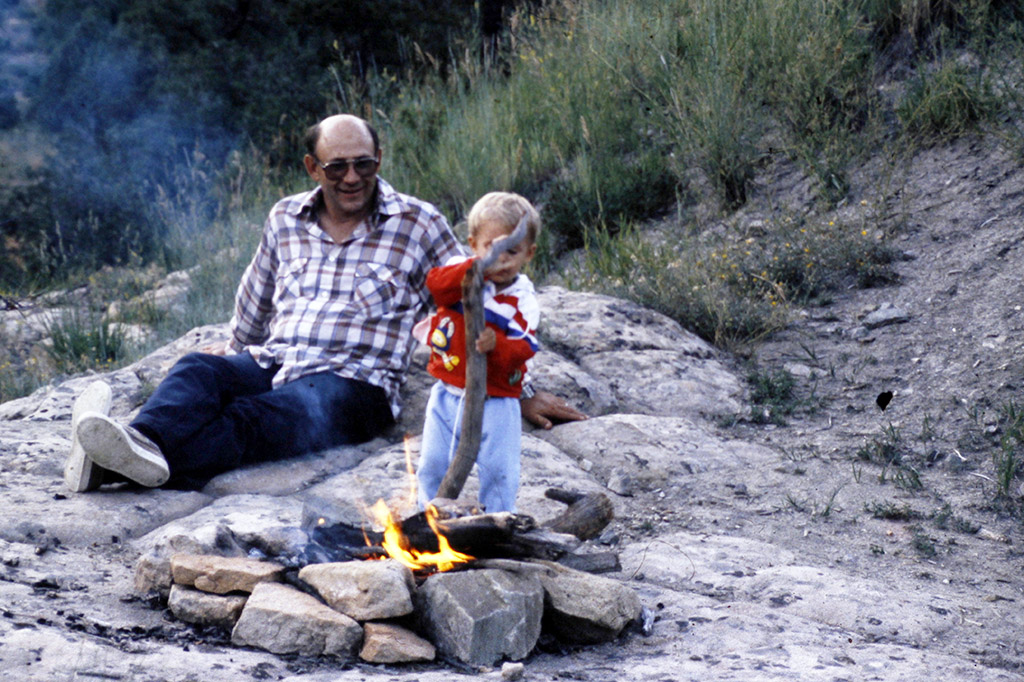
At 83, I see my Grandfather’s journey mirrored in my Dad’s own journey. Born on the cusp of WWII, Dad has continuously navigated a rapidly changing world. And through it, he’s embraced those changes – even when he didn’t fully understand them or it was inconvenient. Not out of – I don’t think – a sense of responsibility or inevitability. But, out of a sense of deep humanism and empathy. I like to think that Grandad could look back and reflect without major regret at how he interacted with people, and judged people throughout the course of his life. I know Dad can.
So, I ask myself – in 2070 when I’m 85 – and I reflect on the world I live in. How it has evolved. And where we are as a culture. How do I want to look back at my life, how I acted, how I treated people, and the decisions I made on the pivotal changes that have and will continue to take place between now and then. While this applies equally to technology and humanity – the weight of being wrong about Women’s Suffrage is vastly different than being wrong about the potential of the Wright Brother’s flying machines.
For me, that answer is simple – even if it isn’t always easy. Headlines, posturing, grandstanding and the like aside. I ask myself – is this an instance where there is a probability that very real harm or disadvantage is taking place and harming a group. Not inconveniencing. But harming. And, if there’s a reasonable probability that that is the case, then my decision is made. Beyond this, I recognize that I’ll be blind to some of these cases, that I won’t understand them, or that they may seem trivial to me. So, I make myself go one step further.
If I’m being told by a reasonable proportion of the impacted group that injustice or harm is taking place. Then, I’ll also push myself to listen. To deeply consider. And then to err on the side of believing them vs. dismissing them.
The final dimension I use is a greater harm test. I ask myself – will this change unjustly and unfairly cause significant harm to another population. And here, again, I very intentionally use the term harm, not inconvenience. Because positive change – things like Suffrage or Interracial marriage – will often inconvenience the status quo as disruption takes place. And by extension, I accept that as that white, middle-class, college-educated, heterosexual male – I’ll likely be inconvenienced quite a few times and quite often over the coming decades. But, if I stay true to this approach – I’ll be able to look back and know that I did my best to stand on the more human, ethical, and empathic side of history.
That’s something that I view as deeply important for my own personal development and character as an individual as well as something that is important to me when I have my own children. Children who, I hope, will look at me and be able to say – yes, my father was born in 1985. Into a world that still had a lot of growing to do. But, he embraced those changes and worked to listen, to be at the forefront of that change, and most importantly – evolved to meet the moment.
Sugar Is The Enemy
Would you be surprised to hear that one of the two biggest epiphanies over the last year came from Ricecream? A fairly consistent theme in past birthday posts, and in Practical Curiosity was a heavily interwoven mixture of fear, discomfort, and anxiety wrapped up around certain types of activities. I’ve known for about 15 years now that I’m lactose intolerant. There may be a small bit of allergy in there as well (the two and how they manifest are different), but I’m definitely lactose intolerant. What I didn’t know, and what I wish I had figured out a good 10-15 years ago as well, is that I’m also apparently sugar intolerant (surprised that’s a thing? I was too. Unfortunately there’s really not a ton of information out there about it compared to the other intolerances).
What does intolerance look like? It’s an inability to easily break down the problematic substance which in turn leads to bloating and agitation. In small amounts, minimal distress and a bit of an uptick in urgency. In medium amounts a bit of bloating and stomach distress / general agitation and an increased urgency to use the facilities. In high amounts extremely painful bloating and explosive stomach distress combined with nausea, heavy sweats and potential vomiting. It’s also not a purge-and-be-done situation. As I feel it usually takes around 24 hours after a medium or heavy run-in to get back to normal. Vivid – right? But, this is also what makes it quite difficult to figure out and diagnose. Particularly since type of sugar or dairy product, amount of water it’s consumed with, etc. all may also dilute the immediate impact.
Some of you may recall that I avoided Asia for a long time, in part out of an aversion to what I was concerned would be challenging or suspect restroom facilities and a lot of transportation that included a “lock-in” element like long bus trips. I thought this was largely tied to anxiety over my lactose intolerance and anxiety over that sense of lock-in relative to exotic foods/street food-induced tummy rumbles and the like.
I eventually narrowed in on it as an issue, when I was enjoying summer ice cream. I started to notice that while a little bit was fine, a full ice cream or more would immediately lead to upset. Knowing I was lactose intolerant, I have focused on alternatives over the years. Soy-cream, Rice-cream, Oat-cream, etc. – but as I rotated through these I noticed each, at any volume, hit my stomach in a similar fashion. So, it wasn’t lactose, it wasn’t soy, it had to be another common denominator. A conversation with a friend by chance included mention of Allium intolerance – Garlic, Onions, etc. – and as I looked that up, I spotted a footnote about sugar intolerance. Sure enough – it clicked.
The Absolutely Worst Possible Solution
As I explored and unpacked my potential sugar intolerance, a lot clicked in that had far far wider implications. I’ve always had a decent amount of social anxiety – the first week of school left me feeling physically ill every year, and that moment when you go around a circle and have to introduce yourself? Heart-pounding, sweaty-palm-inducing, brain overloading terror. Still, I’ve pushed myself to master it and gone on to claw out a relative social comfort that includes a number of 700+ person presentations, and normally includes a few small 30-40 person talks each year. But, in the past few years, I’ve increasingly experienced a spike in my anxiety around these presentations and the severity of my physiological reaction, even as I believe in myself and my ability and understand the exact progression of reactions. It’s been frustrating. Especially as even a 2-3 minute talk can cause me days of distress where my body kicks into fight or flight. I’ve now come to realize that one of the biggest aggravators of this degradation in my ability to navigate presentation anxiety has also been my attempt to solve it.
Over the past year, I’ve come to narrow in on a key dimension that shapes when and where the primitive parts of my brain go into overdrive. It’s moments where there’s some degree of lock-in enforced heavily by social or environmental limits. What this means: A solo self-drive road trip or train where I’m in control over my stops or can get up/move around – there’s a restroom, etc.? Minimal discomfort. Recording an hour-long video that may be seen by 1 Million people? Minimal discomfort. Doing a live 3-minute video, seen by dozens or hundreds? Heavy discomfort. Unfortunately, this also applies to many early dates as well, particularly cocktail dates or dinner dates.
So, let’s unpack why.
In essence, I figured out that in these lock-in type of situations my nerves would act up. My solution? Start to try and condition my body for those moments well in advance. That meant being very careful about what I ate, reducing water intake, taking a pinch of salt before a talk, for dates or before bus rides, I’d cut out alcohol etc. It also meant that I was simultaneously concerned about dehydration, dry-mouth, lack of electrolytes, and in the case of travel – exposure to questionable street food. My universal solution? A coke or pepsi. This, I figured, would soothe my stomach, take care of any dry throat for a talk, but was also aggressive (acidic) enough to help attack any food-born bacteria as well.
I’d effectively cut back on everything else, which in turn, meant I was hitting myself with a super-charged dose of sugar. And, given I’ve been drinking Soda for years and in small amounts, it didn’t upset my stomach – it outwardly appeared to be safe. In reality – just picture, I’m on a date and instead of 4 glasses of wine, I do two glasses of wine and two cokes. Or, I’m slated to go up and give a talk or join a panel, and I’ve just downed half a bottle of soda on an empty, slightly dehydrated stomach. The same for that 4-hour bus ride with no stops and no restroom.
I’ve essentially spent the last few years aggressively conditioning my subconscious to associate distress with these situations. Which, I mentioned previously, was made even more frustrating because I could – with quite consistent certainty – predict a lot of the reactions and manifestations of my aggravated and amplified fight or flight response. I just couldn’t figure out why I couldn’t master it AND why it was getting worse.
So, What Next?
The good news is, I’ve figured it out now. I now know that sugar, like Lactose (another sugar btw) is a major trigger and I understand and know the symptoms when they hit. At some levels, that gives me much more confidence and is a huge liberator when it comes to certain activities. But, unfortunately, I’ve also spent so long conditioning my subconscious to associate these reactions with these types of situations that I still have heavy anxiety-based reactions and some physiological responses to these types of situations even though the sugar-as an agitant is removed. So, my goal for the next couple of years? Slowly re-condition that behavior out.
What I also find very interesting is the way that it manifests in situations where I feel a lack of sense of control/ability to exit or pause without heavy social cost. This also poses an interesting dimension to attack as far as rejecting and overcoming that social performative peer pressure/anxiety and certainly taps into that underlying social anxiety from middle school and high school. It’s definitely an interesting if frustrating blend. But this discovery and a look at the ramifications and how they’ve manifested is – I hope – something useful for some of you. Both in exploring any challenges you may be facing, or in also supporting/better understanding close friends and family who may be somewhere along the way on their own journey.
Eastern Wisdom
With the horrific war of aggression waging in Ukraine right now, I’m once again reminded of a powerful piece of life advice from the road. In the lead-up to my first visit to Vietnam I harbored a fair amount of uncertainty and concern – how would they receive an American? How much residual resentment was there? Was it a safety concern? Something more? Later, when I visited China for the first time, I was once again unsure.
Time and time again in my travels across Asia some variation of a piece of basic advice has been provided. That boils down to, “None of us can control aspects of what our Governments do, or have done – but as people we can and should be judged on what we choose to do as individuals and in the aspects of our lives we can control.”
This basic observation and approach, which I’ve found common and to hold true throughout Asia – was quite different than what I first encountered in Europe or for others visiting the US. But, I also found that it spoke to the core of one of the aspirations in how I travel and live my life.
Ultimately, while there was a terrible historical occurrence that took place between the US and Vietnam – not only was that now largely considered distant history. But, it was a history that, so long as I respected it and focused on bringing humility and earnestness to the table – was not something that translated into ill will or animosity. Quite the opposite, the people I met were earnest, friendly, welcoming and mirrored my smile and open arms. The same again when it came to China. In truth, though I’ve yet to visit Iran, I’m sure much of the same would also hold true there from the many Persian friends I’ve made over the years. This isn’t to say that I’m automatically apologetic about differences in opinion, views, or the things I can control and hold as deeply seated views. But, it does mean that I’m judged on those and the human dynamic as its own dimension, not as a pure extension of the government, the president, or some like-kind institution.
So, how does that map to this year? It’s a powerful tool for me, as I believe deeply in the profoundly unjust nature and execution of the Russian attack. I strongly support military aid in opposition to Russia’s attack for Ukraine, alongside humanitarian aid, and deep sanctions on Russia which have a knock-on effect which do apply pressure (and pain) to the Russian population. BUT, and this is the important BUT – I also strive to keep that guidance in mind when thinking about the few Russians and numerous Belarussians I know. It’s an important lens that lets me see them, and lets me have a profound and heart-aching respect for their acts of opposition, their attempt to enact change, and the fortitude of their own character to push back oppositionally against the deeply unethical behavior of their government even as that co-mingles with aspects of their National Identity.
This, I find, is a powerful gateway to compassion, to comradery, and a path to peace – as well as a core kindness that – as an American – I’ve often been on both sides of.
MistDefender Update – Success and Failure
As most of you likely know – I brainstormed, envisioned, prototyped, built, ordered, and launched MistDefender – a new type of lens cloth for photography – last year. Now, a year in – how’s it going?
It depends on which launch metric I use.
At the outset, I had two goals. The first, was the traditional goal – to launch a new product as a side-hustle that would take the lens cloth market by storm and sell out resulting in a lovely pay-day both covering the full cost of manufacturing and translating into a decent payout. This, of course, came with the possibility of further scaling up the orders, managing the logistics, re-orders and then trying to either scale MistDefender or sell it.
The second was to look at the overall cost for the full project, inventory, marketing, and everything in between. Then to take that cost, and evaluate it in the context of approximately what a semester at a major University would cost (let’s say the $12,000 or so you’d pay for a semester as an Undergrad at my alma matter ASU) and to look at it as a sunk cost for educational purposes. In total, including all expenses for production, several thousand units, trademark etc. MistDefender has run me less than $10K USD out of pocket.
So, how does it look? It’s a significant failure by the first-metric. Which is disappointing, but not unexpected. At the same time, it’s a fantastic success by the second-metric. And while over time the first-metric may evolve, change, and pivot into more of a success. I’ve currently only sold about 5% of my inventory.
What I’m Very Proud Of
- I did it. I envisioned it. I prototyped it. I got it manufactured. I designed the packaging. I launched it. I sold it to strangers. They loved it.
- I applied for my Trademark on my own, without using a lawyer, self-educated myself on the process, and was successful in securing the Trademark.
- I had an origional idea that has re-invented one of the least innovated aspects of every photographer’s kit and I took that to market as the only product of its kind.
What I’ve Learned
- How to request quotes, prototype a product, and work with vendors in the US, and China.
- An enormous amount about how eCommerce works, particularly for imported products.
- A ton about intellectual property law, market law, how to set up and run a business, and everything inbetween.
- A ton about product-driven marketing for consumer-based products.
- A lot about product photography.
- So much more from all aspects of the end-to-end process of the creation and go-to-market.
- My Amazon exclusive approach was smart, but ultimately a hindrance.
- The single biggest barrier to adoption is that it requires hands-on exposure to the product to get people to understand how it’s useful and different from traditional lens cloths.
- A still photo on Amazon results pages do not allow for the previous point.
- I likely needed someone else to help with the execution and promotion of the product as I was too close to it.
- My initial strategy for influencer pickup via the YouTube and IG travel photograph/landscape photography community failed.
- The price point/timing/and value offering presented by FB and IG advertising collapsed about 6 months before I launched.
- My reliance on Amazon US as my exclusive distribution platform also further limited/hinder FB/IG’s potential value as promotional channels due to landing page complexities.
- The Pandemic led my launch window to fall in a period where the MistDefender was least inuitive and relevant for photographer’s buying habits.
- A ~1mm miscalculation in my packing’s height, creates a problem for any in-store sales I might otherwise consider.
A Wonderful Bonus
- I have an absolutely brilliant network of friends and family that is so endlessly supportive words don’t do it justice. I knew this going in. But, the way my parents supported, and helped throughout the process. Particularly my mom who brainstormed/assisted with the prototyping of the product, and did – with close family friends who volunteered to help – a ton of heavy lifting packing the products – I feel a deep sense of warmth and appreciation for them every time I think about MistDefender.
So, what’s next for MistDefender? Hopefully continued success. I haven’t been full-in enough or had the bandwidth to commit to innovating, promoting it, getting out there, owning the journey and getting it in front of people. I’ve been a soft-evangelist for it. All of which is fair enough. I’m balancing a full-time job, have been navigating the pandemic, learning about the local real estate market, and navigating the logistics of expat life. But, there’s still time and there’s still enormous potential.
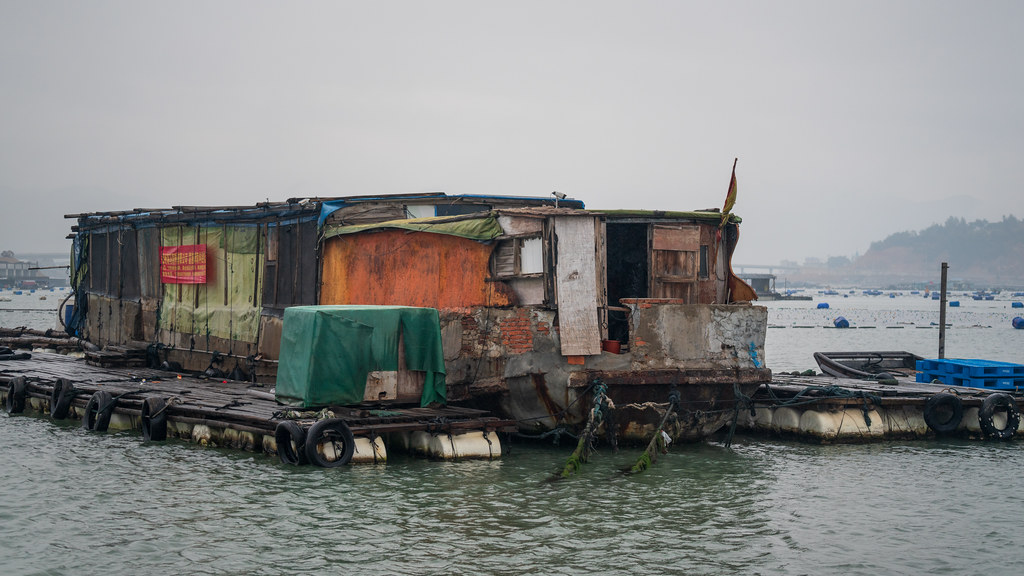
Understanding Bow Waves For Life Success
You may or may not have spent time observing and reflecting on different types of boats (and ships). But, if you have, you’ve noticed that there are very different types of bows that are designed and used for very different types of ships. See the example of different bow types:

Note the range. The traditional barge – a bit like the strange cement barge/houseboat/floating disaster in the photo above which I snapped in Xiapu, China – is made for slow movement. They typically have a slightly rounded, or flat/straight bow and they bulldoze through the water with brute force. Others are designed to rapidly pick up speed, and then effortlessly glide through/over/on top of the water.
How does this map to success? I’m not sure the original source of the example – if it’s something overheard in a podcast, or some sort of quirky synthesis in my own mind. But, over the past couple years I’ve come to see people’s movement through work and life through the lens of types of boats.
In both life and the workplace – we are all moving along at speed. We bring with us, certain preferences, certain strengths, and certain liabilities. But, these in and of themselves are not particularly limiting. What is, however, is how we manifest them and the bow wave we let them create. Most of us are focused on our boat and the sea around us. But, we fail to consider the collision between those two forces and the corresponding resistance and bow wave we’re pushing ahead of us. Most people float with a bit of a conventional bow. It’s decent when slow. It’s decent when fast. It pushes some resistance but works well at a wide range of speeds and overall doesn’t have enough drag to really trigger issues unless the sea gets quite stormy.
But, then there are the people with that straight across, barge-like bow and you can bet – they think they’re diving a standard conventional bow. But, instead, that flat bow is pushing an enormous wave ahead of them. Worse, the faster they try and go, the more that bow wave pushes back and risks swamping the ship. Add in a little bit of chop, or too much brute force, and what happens? You turn your boat into a torpedo, swamped by the sea, taking on water and forced to either sink or come to a near-complete stop and start over.
These people (or behaviors and aspects of our lives) are typically completely oblivious to the type of bow wave they’re pushing – and in turn get taken completely by surprise when they get swamped. Swamped may mean the implosion of their relationships and friendships, it may mean drama at work, getting passed over for a promotion, being flagged as “difficult”, getting fired, or finding themselves feeling underappreciated for what they feel to be a disproportionate amount of work.
At the same time, you also have people who have optimized their bow for smooth and efficient movement at speed. They do a little more work to start, then get up to speed. Everything about their approach reduces friction, reduces their bow wave, and allows them to glide over the sea. These individuals will look like they have good luck, don’t look like they’re working as hard at each individual step, or are perhaps being disproportionately favored or have an “easy” go of it. But, the reality is a matter of efficiency and optimization, not brute force. They’re avoiding the pitfalls that create and build up a heavy bow wave in the form of things like failed deliveries, lack of reliability, lack of personal accountability, lack of gossip or political miscalculations mid missteps.
Far too often in life, I see people with both hands on the boat’s wheel, white-knuckled, arms tense, sweat dripping down their face staring down the length of their boat plowing forward and burying themselves in the ocean. All the while working incredibly hard…to make their own lives more difficult. They’re oblivious to the fact that they have, essentially sunk themselves. This also leads to an essential question we have to ask whenever we run into headwinds, especially if those seem to pop up with any degree of regularity. Have I or am I creating a heavy bow wave here? And if so, which of my actions are responsible and how do I take ownership and change those?
And before you tell me that the reason different bows exist, is that they serve different purposes. That’s true enough and where this metaphor fails. But, we’re more focused on that bow wave, and how to reduce it than the purpose of the boat itself.
Ultimately we all have a bow wave in each area of our lives. Become aware of yours. Explore them. Experiment. And move through life and the world in a significantly different way.
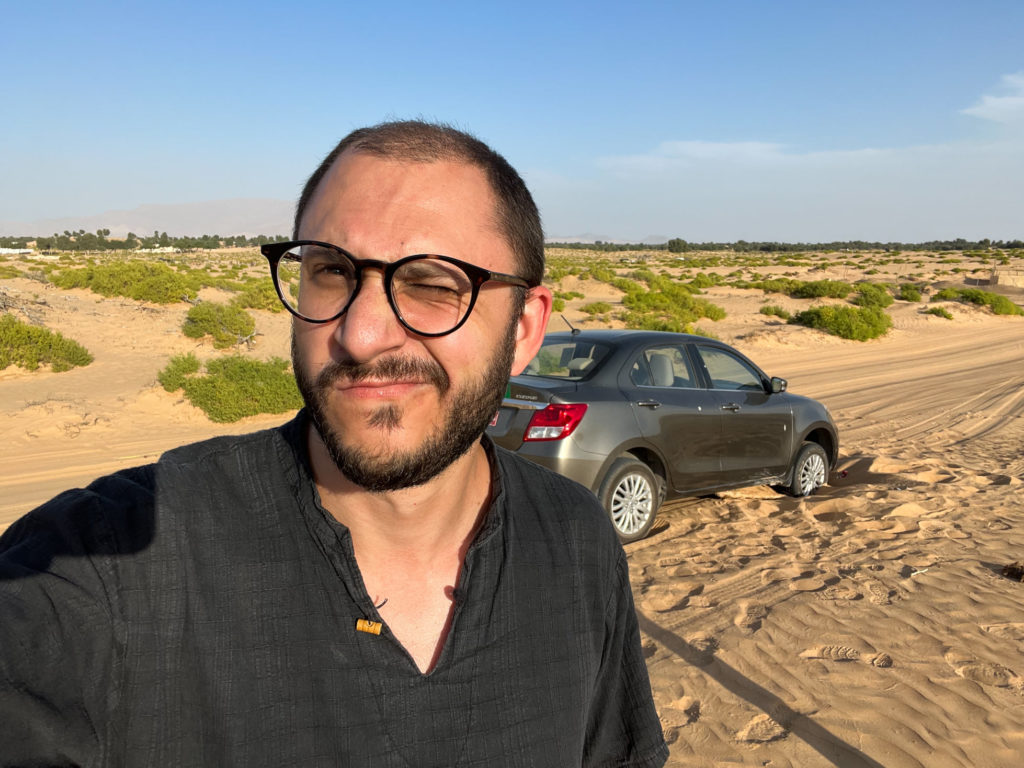
Resuming Motion – Thailand and Oman
In 2019 there were a series of back-to-back trips that felt like a significant breakthrough moment for me on the travel front. While many struggle to believe me when I say that I’m actually a somewhat fearful traveler at heart (or at the very least quite risk-averse) – something I push myself to overcome – there are still many experiences or types of trips that intimidate me. In late 2019 in quick succession I visited remote parts of the country of Georgia as a self-drive trip, then in December ended up in China, Thailand, and Oman on an extended trip during which I self-drove in Oman, worked with a local guide for a few days driving/exploring in China, while traveling the duration of the trip solo.
These were big trips for me because I felt like I was breaking free of the comfort of more established destinations and infrastructure. I was out, I was traveling off the familiar and “safe” path, and I was doing a lot of it solo. Keep in mind, that despite the 50+ countries under my belt, etc. – I still find something like renting a car in Italy to be an intimidating prospect.
Of course, as I was finishing that trip – the virus was raging through a nearby Chinese province. All of which slammed the door shut on the momentum I had built and future plans for follow-up trips to the Stans, western China, and elsewhere. Over the last two years, I’ve still been lucky to travel carefully and responsibly – mostly here within the Nordics.
So, come this past November/December, it was clear that we had reached a pivotal stage in the virus’ life-cycle. I had my shots. And I was trying to decide what to do for my annual big December trip. I could feel the wanderlust nudging me towards another adventure and trying to resume the momentum of 2019 – something that my trips to Norway and Svalbard had certainly helped continue, but in a much more low-key way. As I often do, I pulled up the explore feature on Google Flights thinking … where to next?
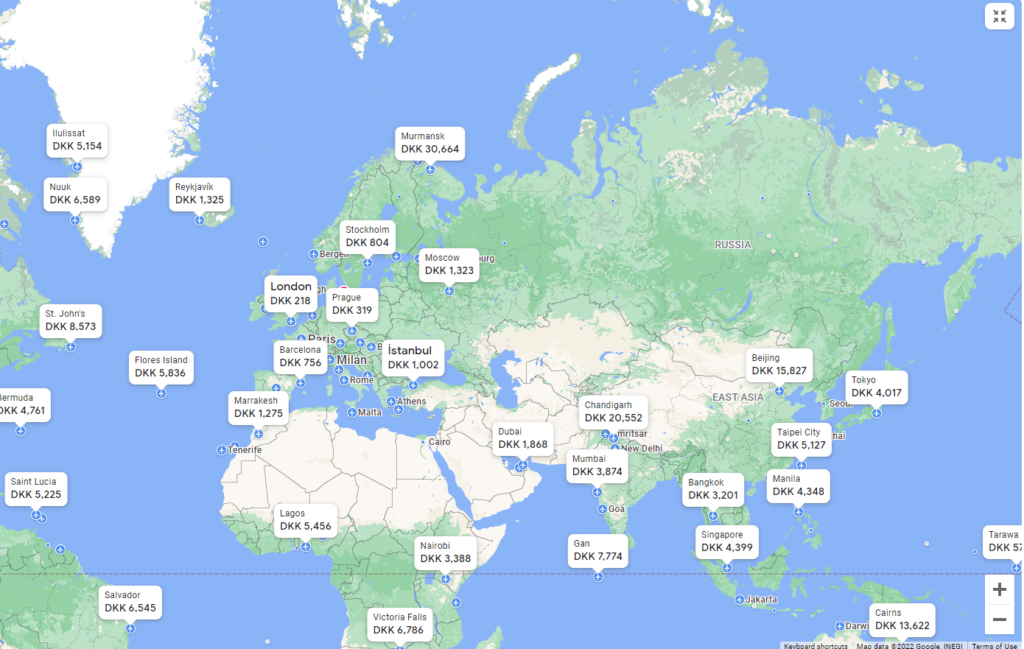
As I clicked around, exploring prices for various destinations while looking at entry and quarantine regulations and considering various degrees of risk, price, population density, virus levels, regional behavior and the like. It hit me. The key to re-building that momentum was to re-visit where I left off and felt there was still more I hadn’t seen.
So, then I rolled up my sleeves and started seeing how I could minimize the cost of a ticket and – sure enough – with some creative booking, I was able to find a rewards ticket to Bangkok from Copenhagen for $36 and a flight from Bangkok to Oman, and Oman back to Copenhagen for about $570 bucks. A cheap Omani car rental, and an eVisa later, and I was set to revisit Thailand which I pushed myself to explore a bit deeper. Then returned for an extended set of 8 or so days exploring Oman. Ultimately I ended up re-covering a lot of previously explored territory, as my aspirations for getting into the Empty Quarter ran into logistical blockers. But, throughout – I found myself once again wandering in settings that were unfamiliar, among cultures that were wonderfully warm, welcoming, safe, but also quite different.
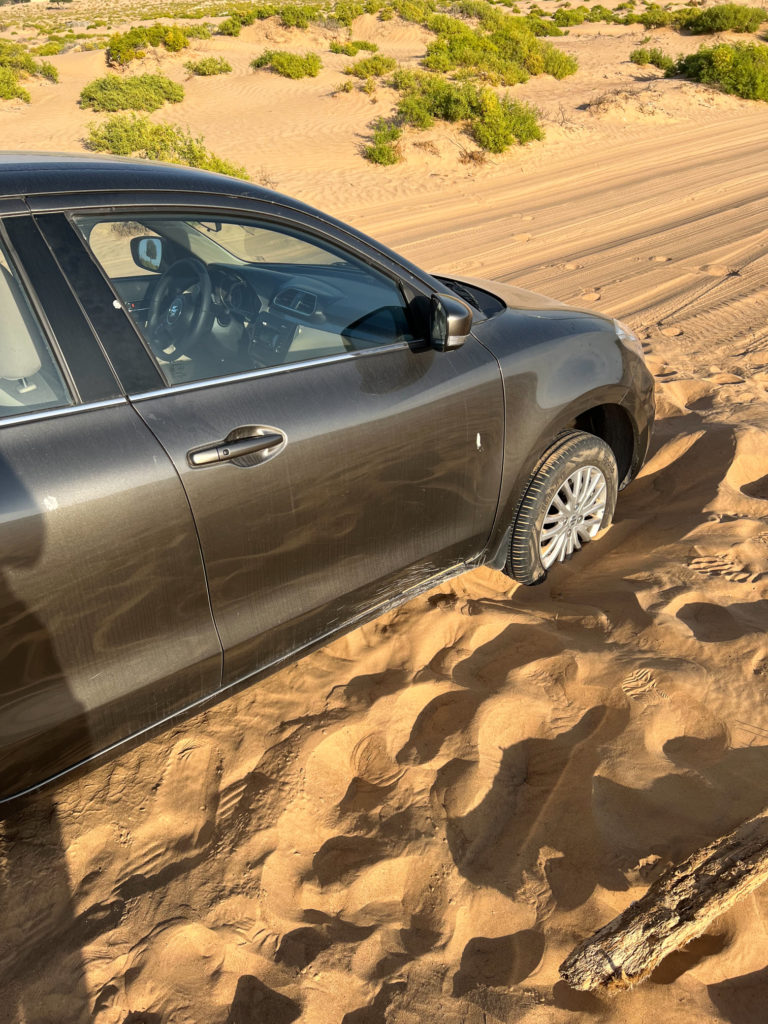
It felt good. So, so very good. Even when a few dicey moments – like the time I got my tiny rental car stuck in the sand down a remote side road and had to wait 30 minutes for a passing local and his wife to not only pull me out but help me get back to sand I could drive on.
Did the trip work? Absolutely. Even though my next trip is a return to a familiar Vietnam – which just re-opened its borders a few weeks ago – I can feel the urge to explore. To wander. To push that comfort zone. To try and break free of the cities and the existing established tourist infrastructure. And in the coming year to step around the anxiety and fear or pre-conditioned inaccurate narratives we have about destinations and to explore. To meet incredible locals. To wander back roads with nothing more than a digital map on my phone and eagerness to see what’s on the other side of the horizon. Perhaps this year I’ll finally be able to explore places that fascinate but intimidate me such as Pakistan, India, a remote stretch of southern Chile, parts of the Stans or western China (lockdown and war permitting).
I’m excited. I’m energized. My mouth is watering in anticipation of the food. My fingers twitching eager at the prospect of the photos I’ll take. These trips are so much more than just relaxation, although that and a deep de-stress is undoubtedly part of it. They’re an opportunity for me to demolish inaccurate perceptions, to question cultural narratives, to check and remove subconscious bias, to internalize and build my own self-confidence, autonomy and resilience, and to tease my brain with new flavors, tastes, smells, and experiences.
Photography and My Art
I continue to adore photography. Both as a muse that gets me out, and helps me see the world and that motivates me to seek out remote areas of the earth, climb mountains, sit in the rain, revel in frozen sunrises and the like. But also, as a calming outlet to reflect, to edit, to immerse myself in for thousands of hours of editing time each year while tweaking clarity, contrast, saturation, and the like as I get lost in a meditative process of re-living the moment when the photo was made.
Each genre of photography brings with it massively different creative challenges, logistics, and considerations. Just as Salsa, Waltz, and Breakdancing may be dances – what goes into each shapes the dynamics of the dance, the interaction, the moment and requires radically different skills. In the same way though, as each dance also helps enhance mastery of the next – each genre of photography feeds the next.
What this means for me, is that photography is an endless sea of creative possibilities and avenues to explore. Just as I feel I’ve reached some minimal level of competence in travel or landscape, I’m reminded that there’s so much I can learn as I explore portrait or architecture. And that, in turn, enhances my ability to compose, to edit, to master light, and in turn evolves my travel and landscape photography. Similarly, even when I’ve developed a sense of familiarity with how to navigate, explore, and make compelling photos of the sea, when I face a sand sea – a great desert – I’m once again reminded that I’ve just gotten started. Perhaps it would be maddening for some, but for me, it means it’s a hobby and passion where I can invest time, energy, and learn. It’s a passion where I can feel like I’m making progress and achieving quality outcomes, but without ever truly mastering it. That’s something that excites me, that energizes me, and that when paired with photography as a tool to discover experiences and meet people is a profound gift.
This past year photography has also opened the door to some lovely new friendships. I had the pleasure and honor of presenting my work to a photography club and then was honored by an invitation to return and give a two-hour walk-through of how I edit and compose. Out of it, I made new friends and met a wonderful photographer who knew I was interested in improving my printing knowledge. He invited me to his studio, showed me his process, shared resources with me, and offered a wealth of knowledge driven purely by our shared passion for the craft.
More recently, I found myself listening to some photography podcasts including F-Stop Collaborate and Listen by Matt Payne (podcasts on photography? A visual medium? Funny I know!). As I sat in the car somewhere in Oman listening, a Danish photographer made an appearance. A veteran photojournalist, he talked about his passion for keeping his landscape and nature photography as a hobby. About his approach to photography, to editing, composition and the like. Enjoying the discussion, and hearing him mention he was based just outside of Copenhagen I dropped him a note. Just a quick note to say hi – heard your episode, enjoyed it, and it’s always nice to connect with other local photographers. To my surprise, he pinged back almost immediately and suggested we grab a coffee. That coffee has turned into a friendship and a recent photography road trip into Sweden.
In this way, I also love that photography is a tool that helps me connect with passionate, interesting, creative individuals from a wide range of backgrounds and in a context where age is irevellant. Get a group of photographers together exploring and other social self-selectors like age, gender, or profession all melt-away. What you’re left with is people, curiosity, and in the case of nature and landscape photographers – a deep love for exploring the world.
Photo Competitions
Two years ago I set a goal for myself to submit to more photo competitions and to print more. It’s been a fantastic exercise. Both in considering my work more critically and being forced to choose between pieces in a different way – and also in the process of further distancing myself from sensitivity to critique. 2021 was another solid year, with a number of excellent mentions and placements and while none of these were a first-place prize. They came close, which is something – given the incredible caliber of work out there, and the incredible volumes submitted, that I’m delighted by.
Photo Awards and Mentions in 2021:
– Monochrome Photography Awards 2021: International Black & White Photography Contest: Honorable Mention, Nature Category (Amateur)
– International Photography Awards 2021 (IPA) – Non-Professional – Special-Night Photography – Honorable Mention
– International Photography Awards 2021 (IPA) – One Shot – Our Times : Lockdown Life
– Monovisions Photography Awards 2021: Honorable Mentions – Travel (2x), Landscape, Fine Art
– Independent Photographer: Color Award 2021 Finalist
But, what about in the year to come? I’ve largely stopped submitting. I’ve now enjoyed the process of submitting, and seeing that my work places well. But, I’ve also learned a lot about the limitations, about the eye of the judges, and the overall process. With so many having loose rules, or poorly enforced approaches to the degree of editing that goes into the photos, the story conveyed as well as the deeply subjective nature of the judge’s choices – it’s something where I’m now less inclined to engage. There are still some I’ll actively submit to, but the majority that I’ve previously participated in have served their purpose and are no longer worth dedicating time and money to which I can otherwise be investing in prints, gear, or other avenues.
Welcome 37 – What Will You Bring?
Hello 37! Oh, what will you bring? As the pandemic slowly burns down to simmering embers, the specter of a third world war via the invasion of Ukraine and threatening of the west is flaring. It’s hard not to be profoundly frustrated and disheartened. But, in truth, I find myself optimistic. Not about the toll in death, destruction, and human suffering that these past few years have wrought. Or about the deeply held emotional lacerations, many of us still wear from the 2008 crash and what followed. At times as I think about what comes next, and how to shape and direct my path. It’s daunting. What are the odds of peace, health, and prosperity without significant disruption? How do I position myself to account and protect from the risk of these future curveballs. Can one even manage it?
And here, my travel experiences help. They center me. They remind me – to believe in myself, to surround myself by the people that inspire me, and to focus on charting a rich life I love. To deal with each crisis as it arises, not to freeze in the moment, and to navigate it. To remember we are profoundly adaptable and we innovate. Do that, look to the future, and look to history and I see that humanity perseveres. Evolves. And often winds its way toward a brighter future.
Of course, I also know that’s easy for me to say as I sit in a cozy apartment, in Denmark, with a vacation to Vietnam planned for a few weeks time while others sit in frozen trenches in destroyed cities facing down horrors. And so I work to strike balance. To do what I can for those suffering – not just in Ukraine but across the world where conflicts rage, starvation or disease runs rampant, and worlds are upended. And, then at the same time to appreciate and embrace my good fortune. To soak up every moment of it. To revel and marvel in the blessings that I’m able to enjoy today, and to hope I can continue to make decisions and chart a path that extends those blessings into the years to come.
At the outbreak of the virus, the world speculated that it was the end of travel. The end of tourism as we knew it. The end of a global world. At that point I overly optimistically – but somewhat accurately – predicted that the short-term future was difficult, but the long-term future was bright and rolled my eyes at the doomsdave predictions of a permanent peradigm shift. For the year to come – I feel the realization of that breakthrough and return to a sense of normalcy. It feels like we are on the edge and emerging from that dark abyss. And so, I’ll continue to look forward, to be optimistic, to embrace the moments that come. I’m looking at buying an apartment. Embracing my craft, moving my career forward, and eager to see what wonderful insights, discoveries, and opportunities come in the year ahead.
Thank you all for contributing to this past year, your support, your love, and for joining me in wandering through the reflections in this post. I look forward to what will come in the year to come.
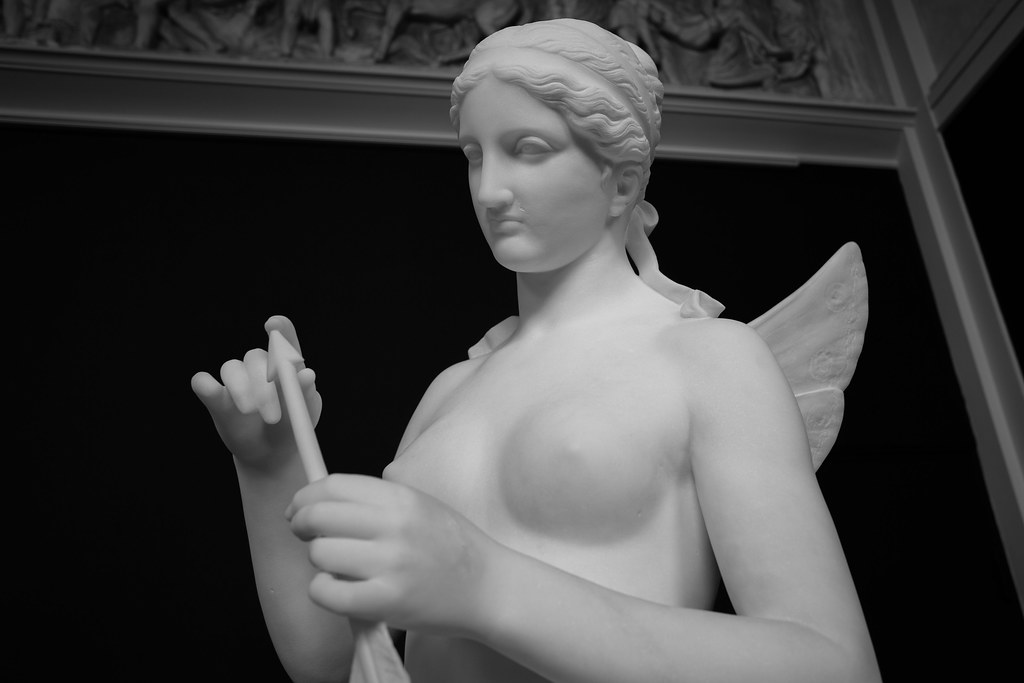
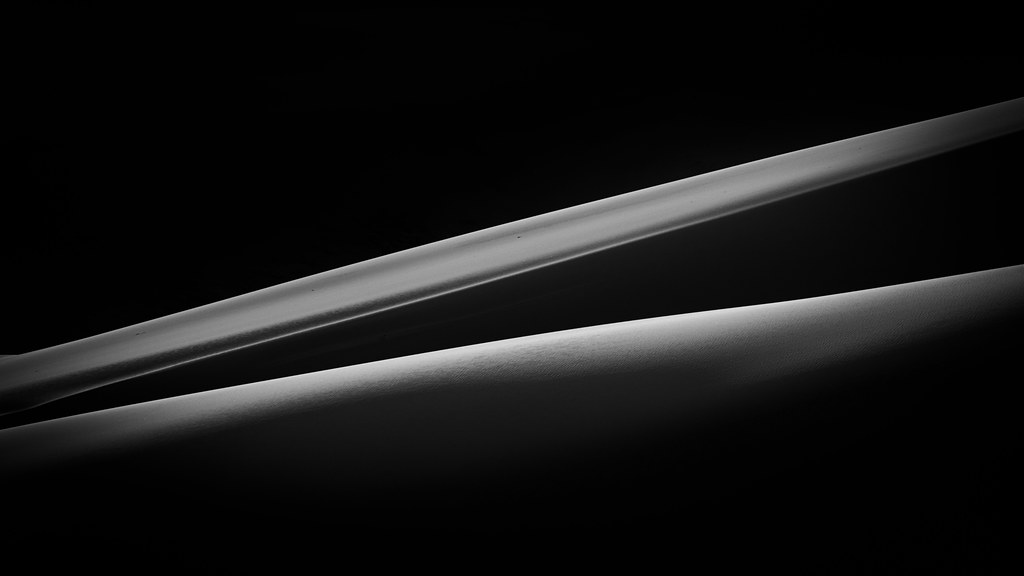

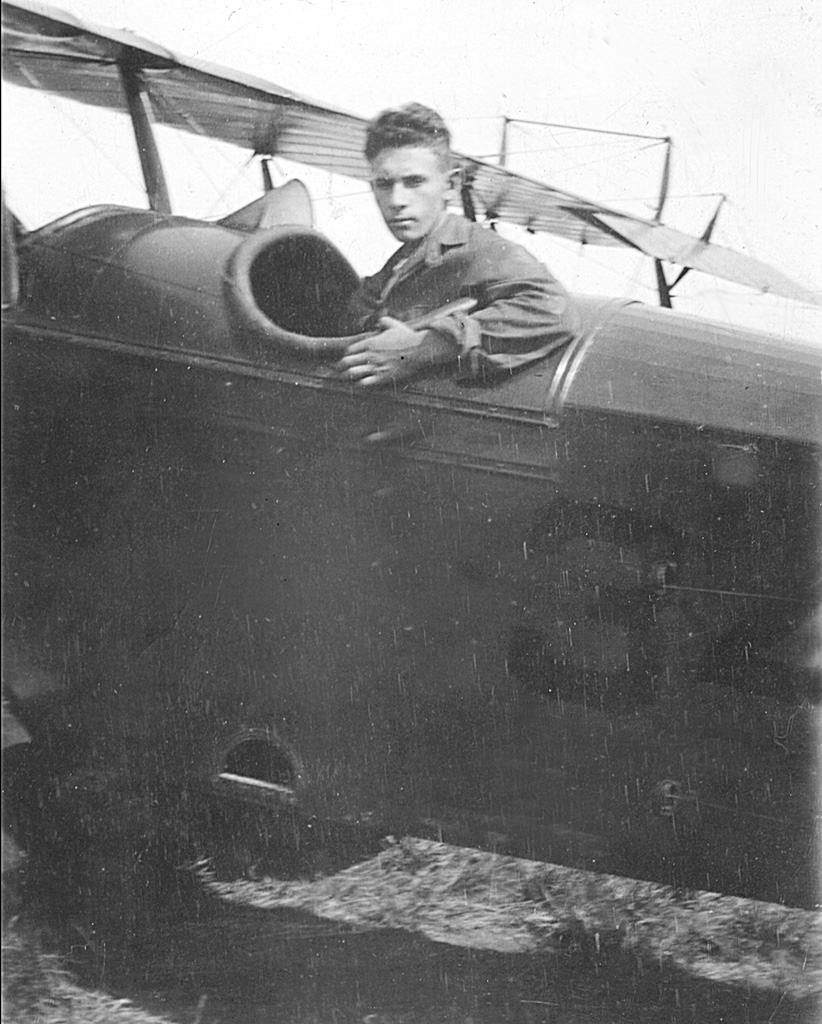
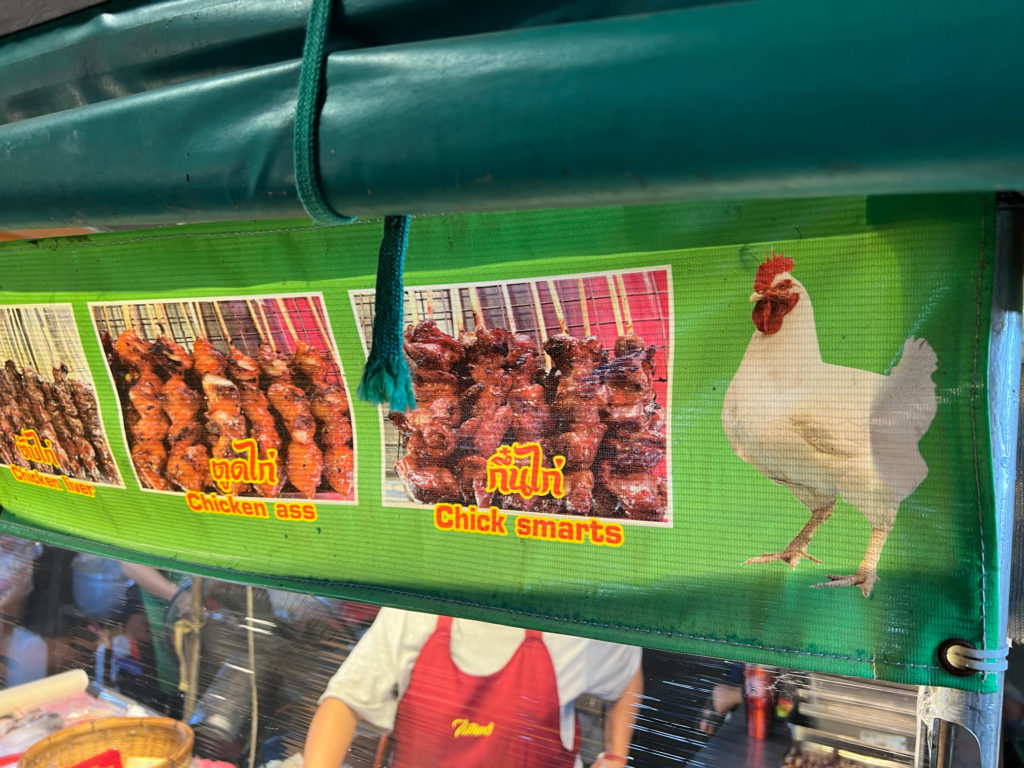
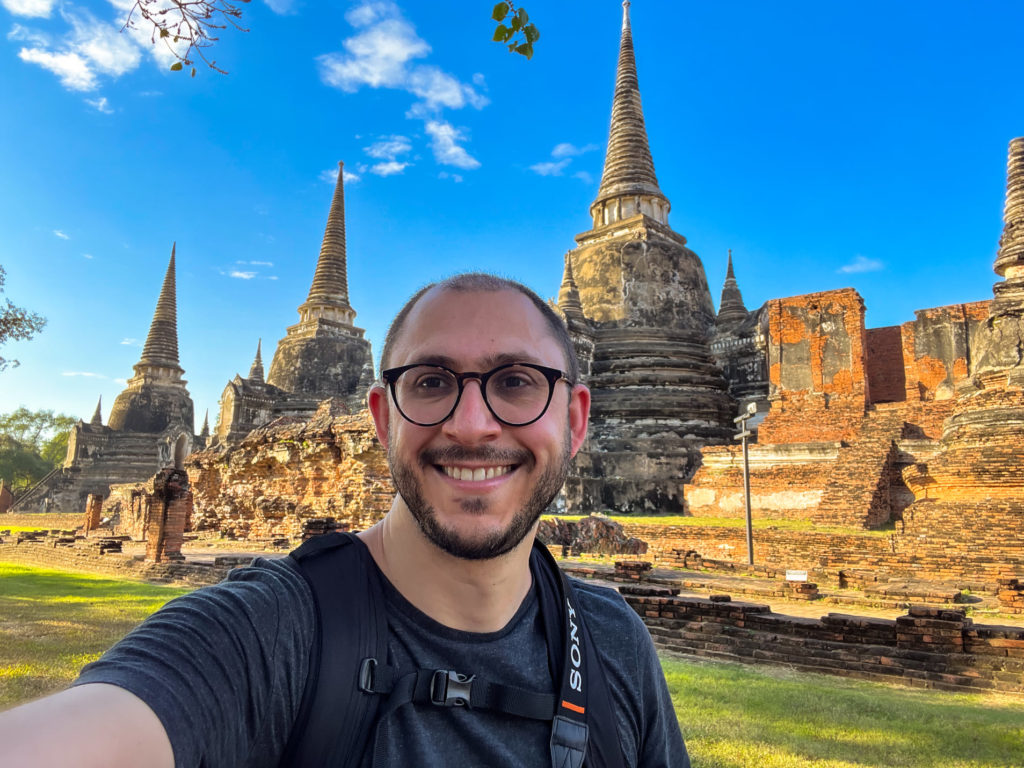
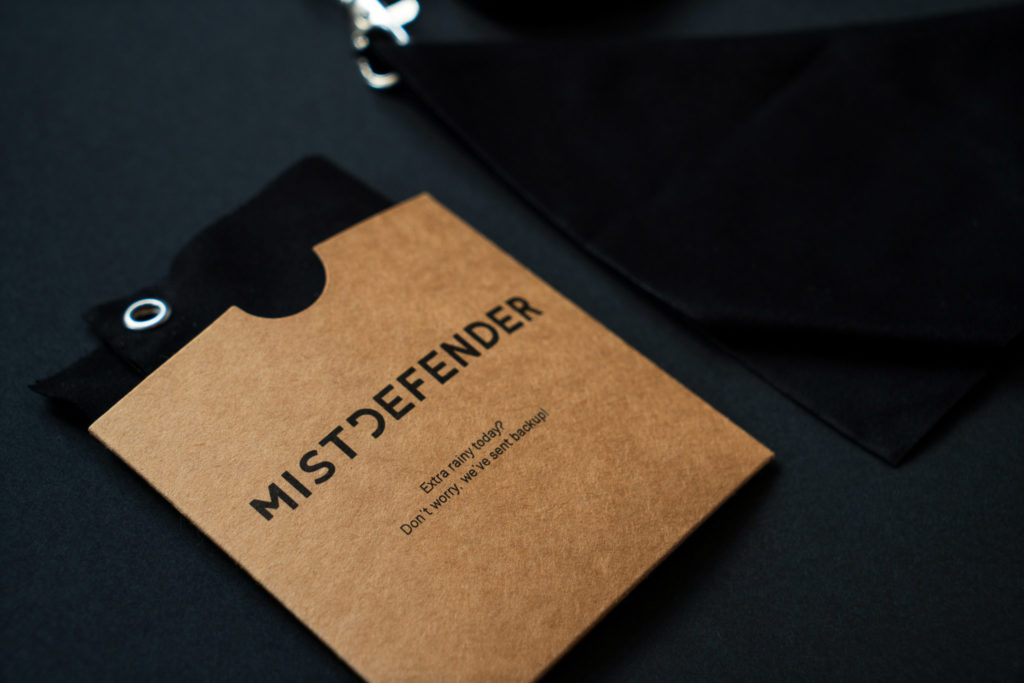
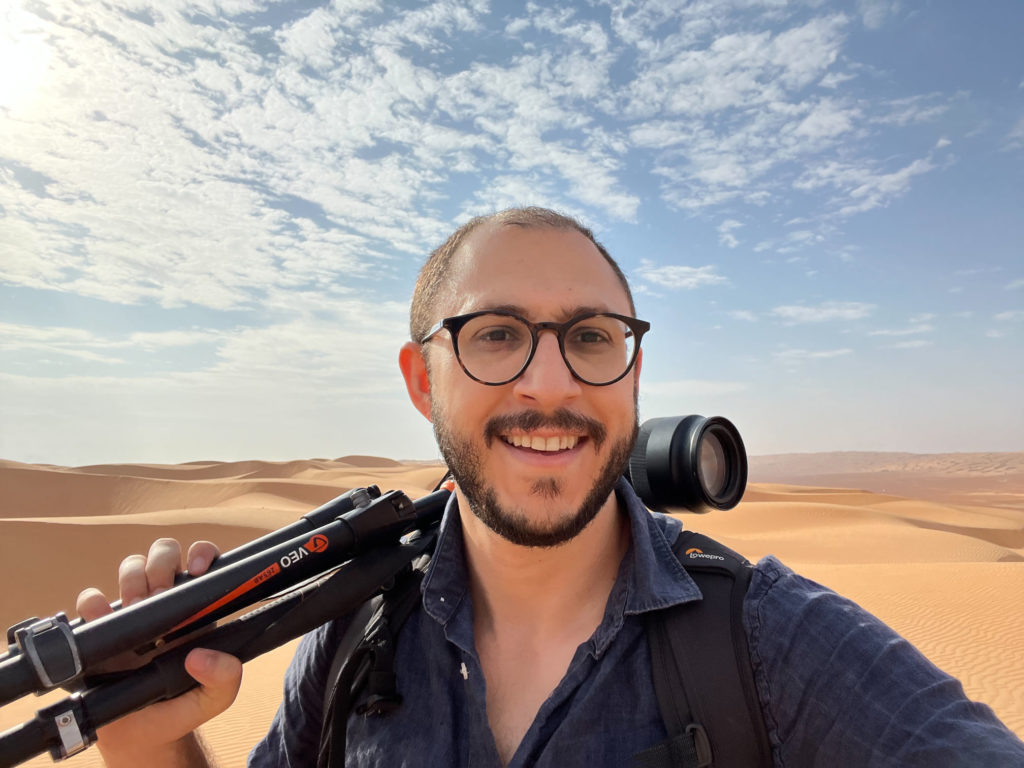
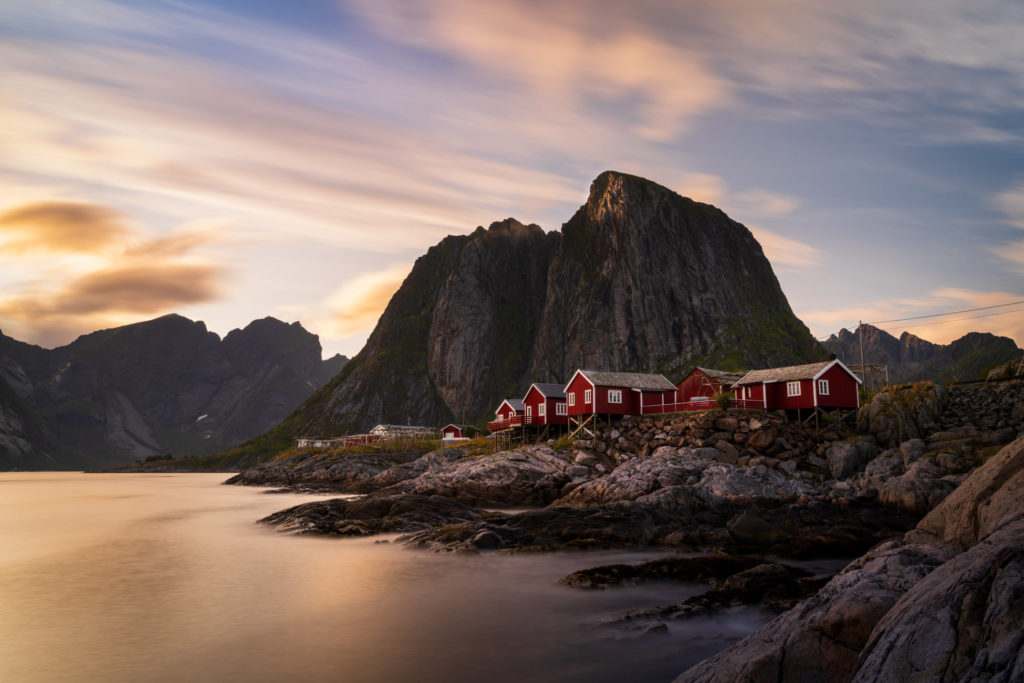
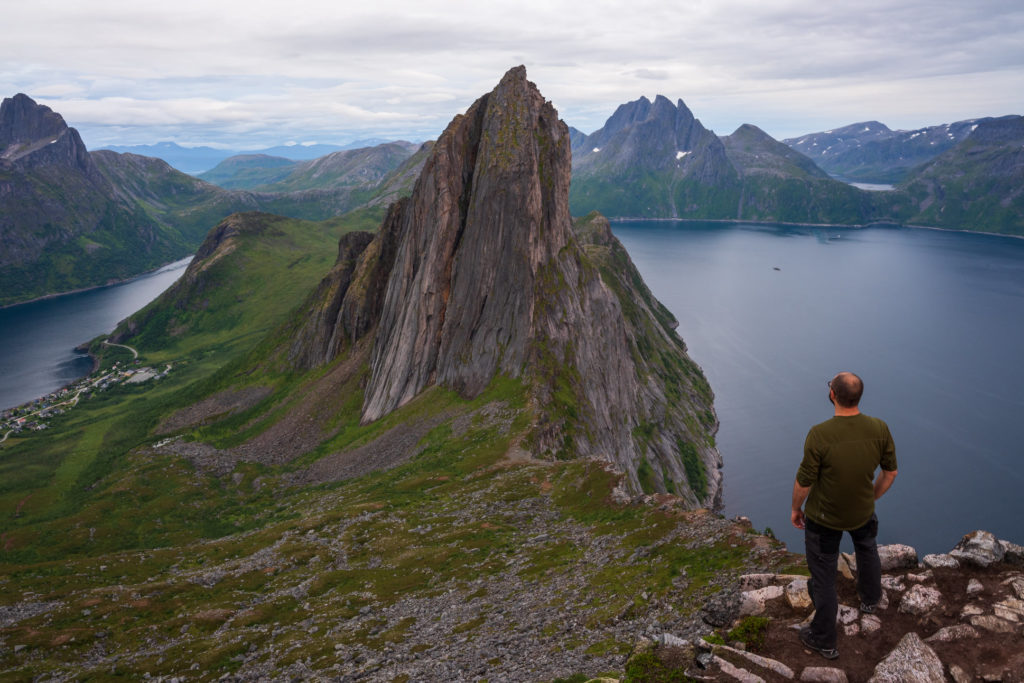
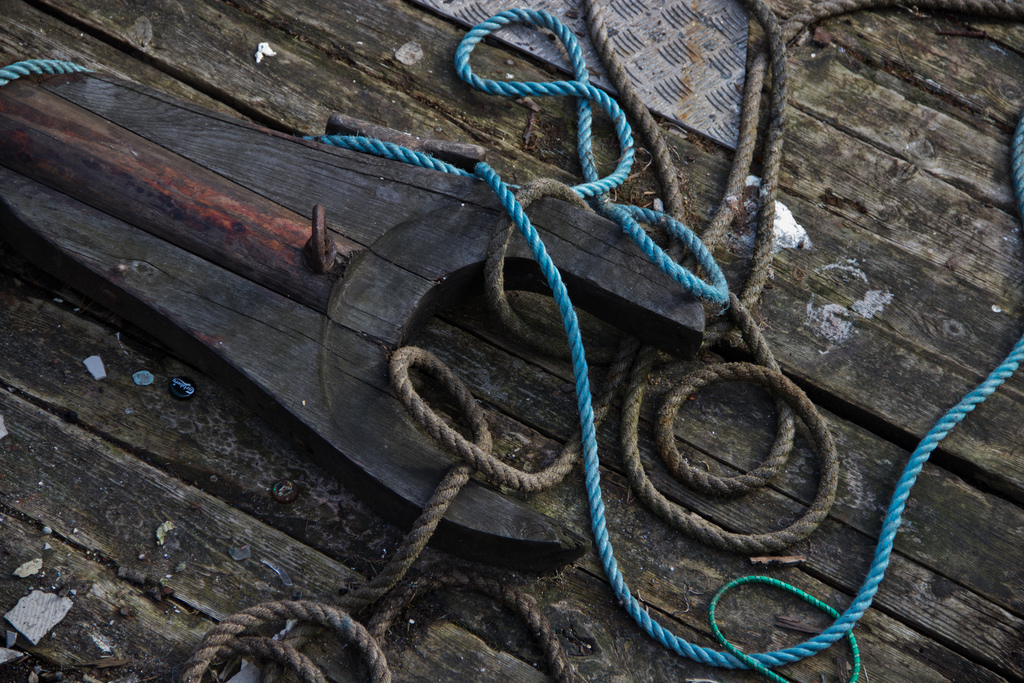
This is a most beautiful reflection, Alex. Why? Because it is written with depth, clarity, and passion. And it’s deeply private and raw, in a way that feels new. Proud to know and love you. – Kathy
Thank you Kathy – means so much! And thank you for your constant support. Means the world to have you in my corner =)
alex you are a talented writer, and photographer. i was particularly moved by your self reflections on sugar and anxiety. someone close to me has a parallel life; i was particularly touched by it and by your self revelations sans any plea for sympathy or attention but most of all how you challenged yourself to manage and deal, then share. i believe i have watched you grow vicariously from an asu student friend of my daughter to a remarkablesuccessfulconfidentcurious explorer of…life. thx for sharing.
Thank you so much for reading and the note!